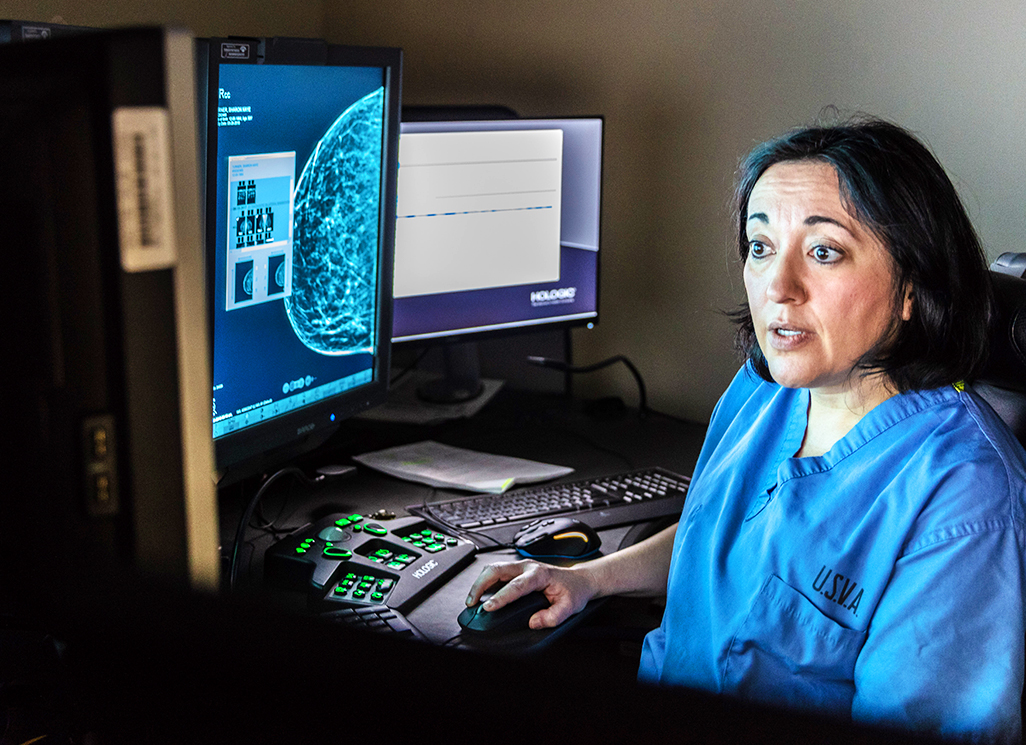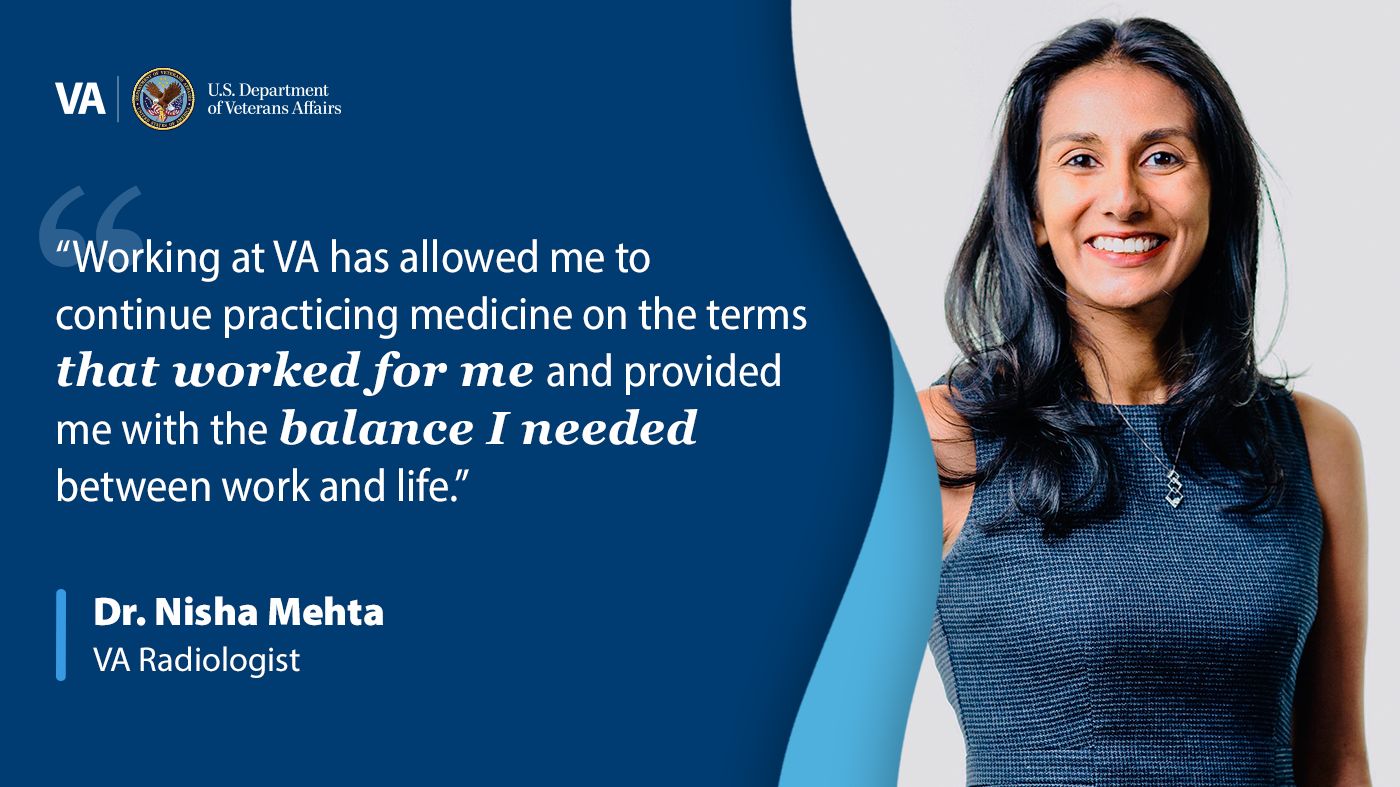At VA, we believe every Veteran should have access to the high-quality health care we offer. That’s why we tirelessly develop new technology that allows us to expand our reach—especially to Veterans in rural areas. One such example is the Tele-Intensive Care Unit system, launched in 2011, which puts patients in contact with intensivist doctors and nurses via video screens located in each ICU room.
The Tele-ICU center is based in Minneapolis and is staffed at all times, with other participating providers based in Chicago and Iowa City. A green button alerts doctors when their assistance is needed, and they use teleconferencing equipment to interact virtually with a patient, view charts and X-rays, and zoom in to examine any details in the patient’s room. According to Grand Junction VA Director Michael Kilmer, “[Tele-ICU] really allows us to increase the complexity of patients that we see here while bringing in a second set of eyes on our staff.” It’s a way to provide Veterans critical specialty care whenever and wherever it’s needed.
VA continues to implement inventive technology solutions to increase the availability and quality of care to the 4.7 million Veterans living in rural communities—currently, about 55% of patients utilizing Tele-ICU services are in rural areas. Consider a career at a rural VA facility, where you’ll receive the same benefits offered throughout Veterans Health Administration and enjoy a unique quality of life unmatched by urban locations. Lend your skill and compassion to improve the lives of America’s Veterans. To get started, explore open positions near you and apply.
Topics in this story
More Stories
Whether it’s access to the great outdoors or a calmer pace in your everyday life, you can find it in rural VA communities around the country.
Dr. Nisha Mehta encourages physicians seeing a better work/life balance to consider a move to VA.
Native American and Alaska Native Veterans deeply enrich our country, and we proudly honor their service.







Please explain this program in more detail. Where exactly is the patient? Is he/she in their own home, or are they in a rural hospital?
Are they being cared for by skilled RNs, LVNs, CNAs, or family members alone?
Exactly what condition is the patient in? You call the program Tele-ICU; do these patients actually BELONG in an ICU or at least in a medical facility with closer observation and more hands on care than they are now receiving? The above article is unclear.